Part of London since the days of Henry VIII, Regent’s Park is one of the largest green areas in the city and home to a variety of attractions. The park is bordered by grand 19th-century buildings designed in the so-called Regency architecture.
The Origins of the Park
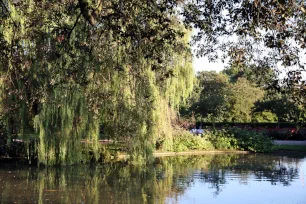
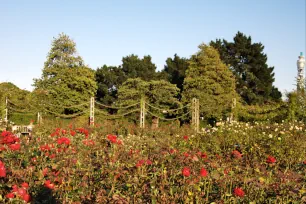
The area that would later be known as London’s Regent’s Park was first appropriated in 1538 by King Henry VIII to be used as hunting grounds. Originally called Marylebone Park, it remained a “royal chase” until 1646 after which it was mainly used as farmland.
In 1811, famed architect John Nash added his magic touch, at the request of the Prince Regent, and made the park into what it is today. With 166 hectares to design, Nash had huge plans for Regent’s Park. Round in shape, the park would have a canal, lake, and fifty-six planned villas, though just eight were built and only two remain – St. John’s Lodge and The Holme.
Both the Zoological Society and the Royal Botanical Society took up residence in the park, and it wasn’t until 1835 that the general public was actually allowed to use the park, but only certain sections. More than a century later, the park marked another landmark with the creation of beautiful Queen Mary’s Gardens. By that time, the entire park was open to all.
Regent’s Park Today
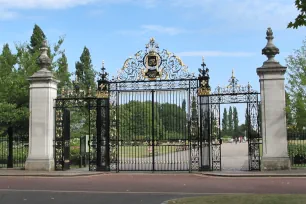
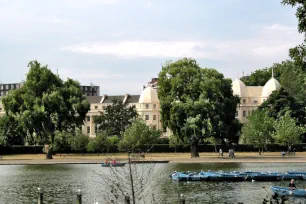
London Zoo
The centerpiece of the park is the London Zoo. Founded in 1828, it is the world’s oldest scientific zoo. The zoo features hundreds of species of all kinds of mammals, invertebrates, reptiles, amphibians and of course birds, which are housed in a huge aviary. Visitors of all ages will love this excellent zoo, which is open year round.
Gardens
The park has also become an important site for wildlife, especially with the recent addition of a “wildlife-friendly” community garden, and flower aficionados will enjoy the colorful Queen Mary’s Gardens, a rose garden named after the wife of King George V. Other gardens include the formal Avenue Gardens; the adjacent, more informal English Gardens and the St. John’s Lodge Garden, which belongs to one of the villas in the park. The villa is private property, but part of the garden is open to visitors.
Lake
The pretty lake in Regent’s Park is open to rowboats and paddle boats, which may be rented at the boathouse. In addition, there’s another small theater situated near the lake.
Regent’s Canal
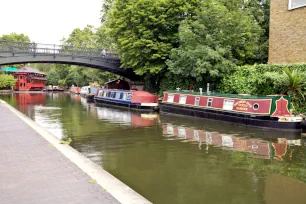
Regent’s Canal runs through the north side of the park and even bisects the zoo along its aviary. The old towpath next to the canal is now used as a walking and biking path. The canal is a very busy waterway, and you’ll see plenty of leisure boats pass by.
If you walk in the western direction, you’ll reach the picturesque area known as Little Venice, where you’ll find a colorful collection of narrowboats at the site where Regent’s Canal meets Paddington Canal. Walk the other way, eastward, and you’ll arrive at Camden Town, famous for its large market and alternative shops that are located around the locks.
Open Air Theatre
There’s also an open air theatre, which boasts productions from Shakespeare to Rodgers and Hammerstein. The theater season stretches for fifteen weeks from early June to mid-September. An additional bandstand provides more musical entertainment.
Regency Architecture
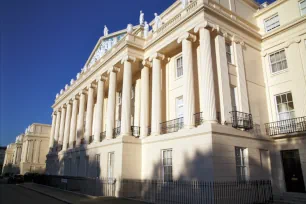
The park is surrounded by stately buildings designed in the so-called Regency architecture, a style mostly implemented by John Nash for the projects which were part of the ‘Metropolitan Improvements’ of the Prince Regent.
From 1821 until 1827 about ten terraces were built around Regent’s Park, groups of grand buildings that contrasted with the rather functional brick buildings that were common at the time. The most beautiful terrace is Cumberland Terrace, a group of thirty-one buildings that thanks to its Neoclassical architecture looks like a grand palace.

